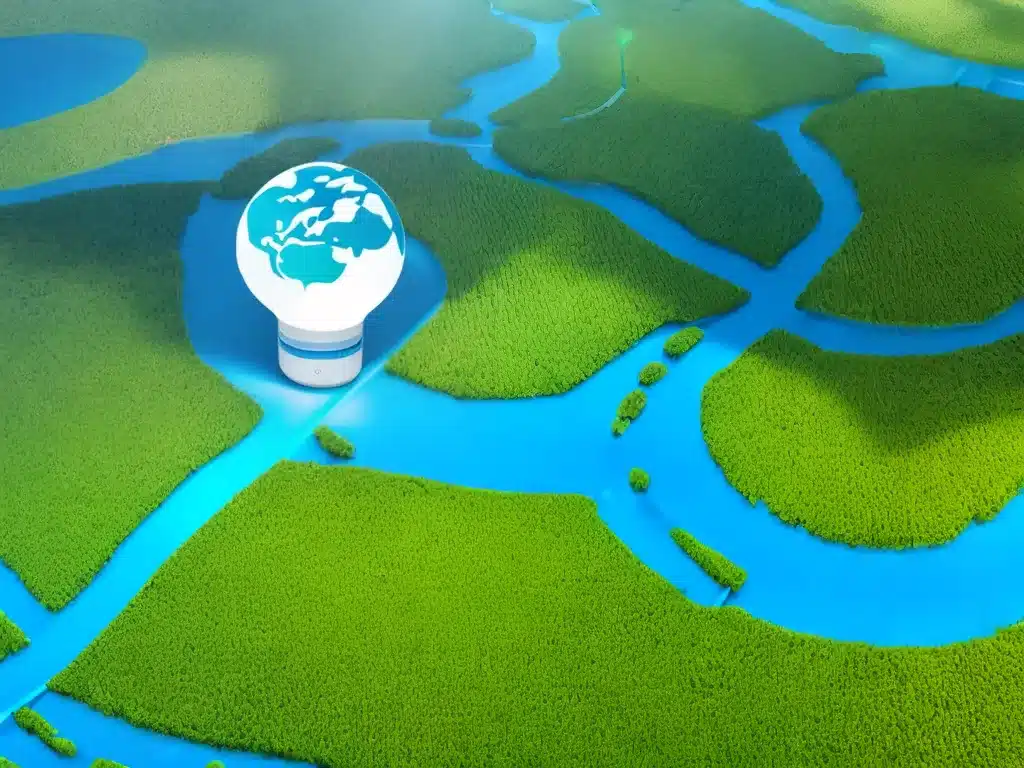
Can IoT Help Solve the Climate Crisis by 2024?
Introduction
The climate crisis is one of the most urgent challenges facing humanity today. Rising global temperatures, melting ice caps, extreme weather events, and other impacts threaten communities worldwide. Solving such a complex problem requires innovation across industries – including the Internet of Things (IoT). IoT refers to the growing network of internet-connected devices embedded with sensors, software, and other technologies. By 2024, there will be over 30 billion IoT devices worldwide. I explore whether IoT can help address the climate crisis within this critical time frame.
How IoT Enables Climate Solutions
IoT offers numerous ways to monitor, analyze, and reduce resource consumption and emissions across sectors:
Smart Cities
Connected devices optimize energy and water use in buildings, streetlights, and other systems. Sensors track air quality, traffic, waste, and more – allowing for data-driven management. Thisgreater efficiency and automation reduces cities’ environmental footprint.
Smart Factories
Industrial IoT applies sensors, analytics, and automation to optimize complex manufacturing operations. By monitoring energy demands, supply chain logistics, and equipment performance, factories can significantly cut energy usage and waste.
Smart Agriculture
Precision agriculture leverages IoT technologies like GPS, robotics, and sensors to optimize farming practices. By tracking soil conditions, crop growth, weather patterns, and more, farmers can use resources more efficiently.
Smart Grids
Upgrading power infrastructure with IoT connectivity enables real-time monitoring and adjustments to improve efficiency. Smart grids also integrate renewable energy sources through sophisticated load balancing.
Challenges to Overcome by 2024
While promising, using IoT to mitigate climate change by 2024 faces hurdles:
-
Scale of deployment – Billions of new IoT devices would need adopting to make a real dent. Current projections have IoT penetration at just 50% globally by 2024.
-
Investment costs – Upgrading cities, factories, farms, grids requires major capital investment. Budgets may not sufficiently prioritize sustainability.
-
Technical limitations – Most IoT devices still lack interoperability, reliability, cybersecurity, and intelligence needed for transformative climate applications.
-
Behavior change – IoT data insights must translate into changes in policies, business practices, and human actions – not guaranteed.
Potential Impact by 2024
With concerted effort, experts project IoT could feasibly reduce global emissions by 10-15% by 2024 through:
- 5-7% cuts from smart cities, factories, grids.
- 3-5% cuts from connected transport like fleet tracking.
- 2-3% cuts from smart buildings and energy management.
While not solving the climate crisis entirely, this still represents significant progress. We must pursue rapid IoT adoption in combination with other tech and policy efforts. 2024 is a critical milestone, not an endpoint – the climate fight requires ongoing diligence.
Looking Beyond 2024
The 2020s must set the IoT transformation in motion, but realization of the full climate benefits will take sustained commitment. As 5G networks roll out and edge computing matures, IoT systems will get faster, smarter, and more efficient. New sensors and materials will enable sensing previously impossible phenomena. Expanding the definition of IoT to include human beings (“The Internet of Everything”) could also drive change by connecting personal action to planetary impact.
With ongoing innovation, investment, and implementation, IoT still holds promise to help tackle the greatest challenge of our time. The climate crisis demands we use every tool at our disposal – and that includes the power of connected devices. The question is not whether IoT can solve the climate crisis, but whether we have the will and wisdom to make it solve the climate crisis before it is too late.












